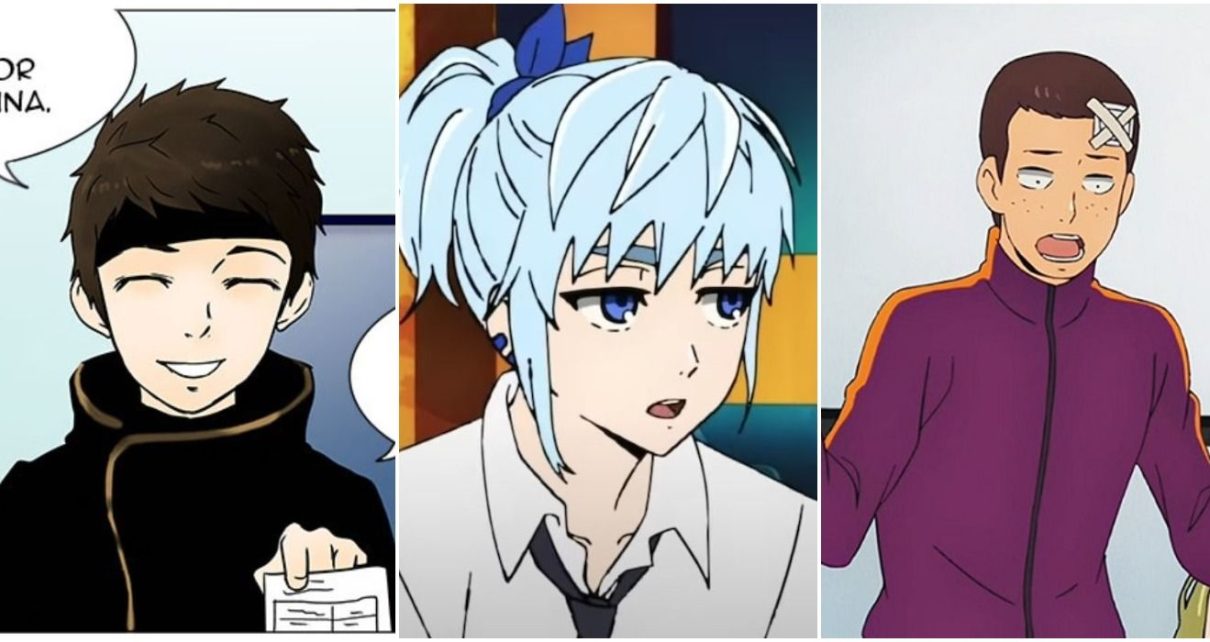The Tower of God anime adaptation faithfully brings the vibrant world of the manhwa to life. Since its debut in 2020, fans have enjoyed seeing their favorite characters and settings animated. However, there are some notable differences between the anime and the manhwa. Here are ten differences you might not have noticed:
1. Spear Bearer Revolution
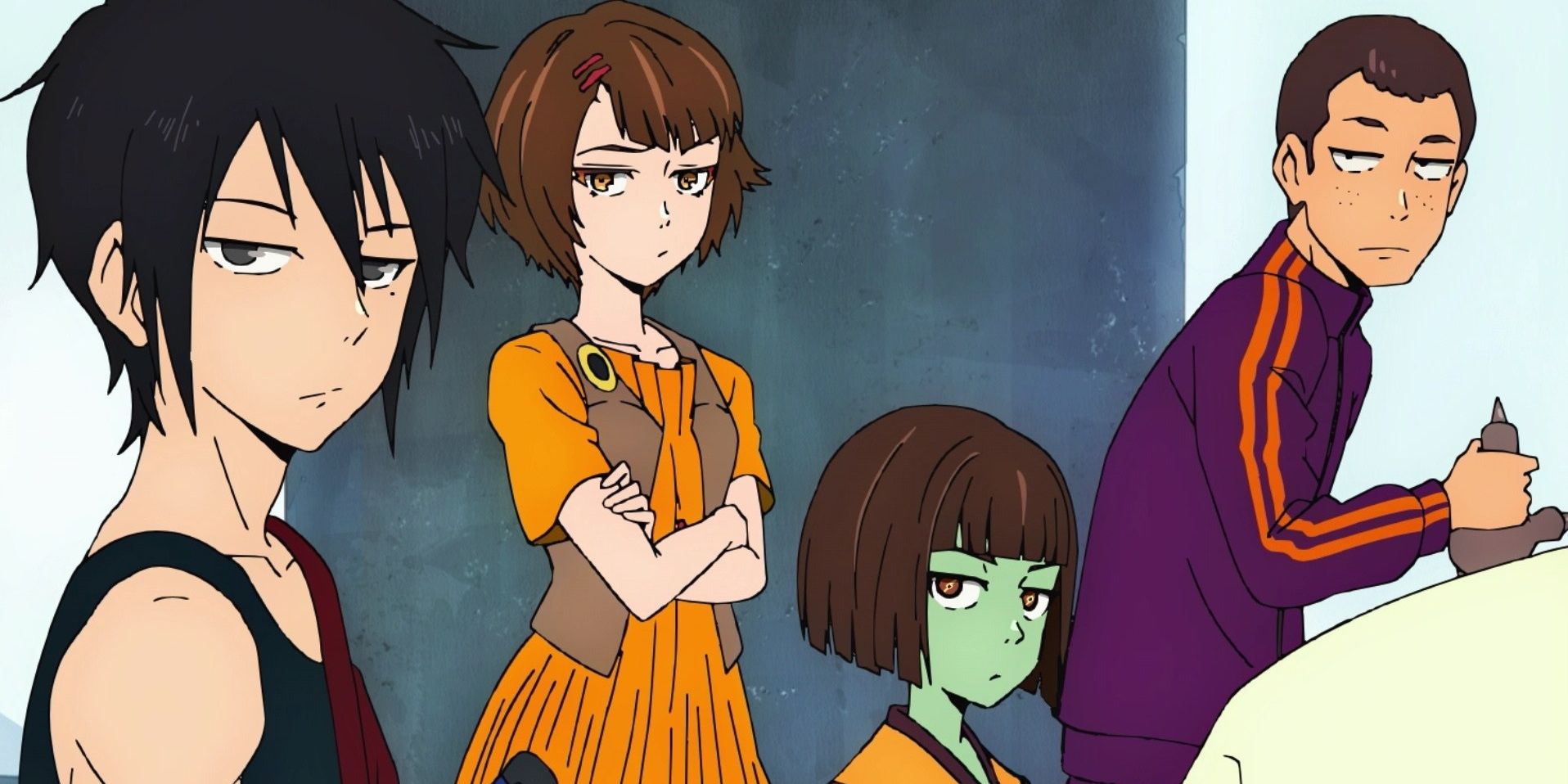
In the anime, the spear bearer revolution is mostly played for laughs. Paracule’s plan to use spears to defeat a ranker is seen as absurd. In the manhwa, this arc is taken further. Paracule captures teammates to lure the ranker, adding more layers of betrayal and complexity. This extended subplot gives a deeper insight into Paracule’s character and the dire consequences of his actions, which are not fully explored in the anime.
The additional scenes in the manhwa show the intricacies of Paracule’s schemes and the resulting fallout, providing a richer narrative. This depth adds more tension and stakes to the story, showcasing the harsh realities and ethical dilemmas faced by the characters. The anime, by contrast, simplifies this subplot, focusing more on the immediate humor and action without delving into the nuanced consequences.
2. Shibisu’s Information Scouting
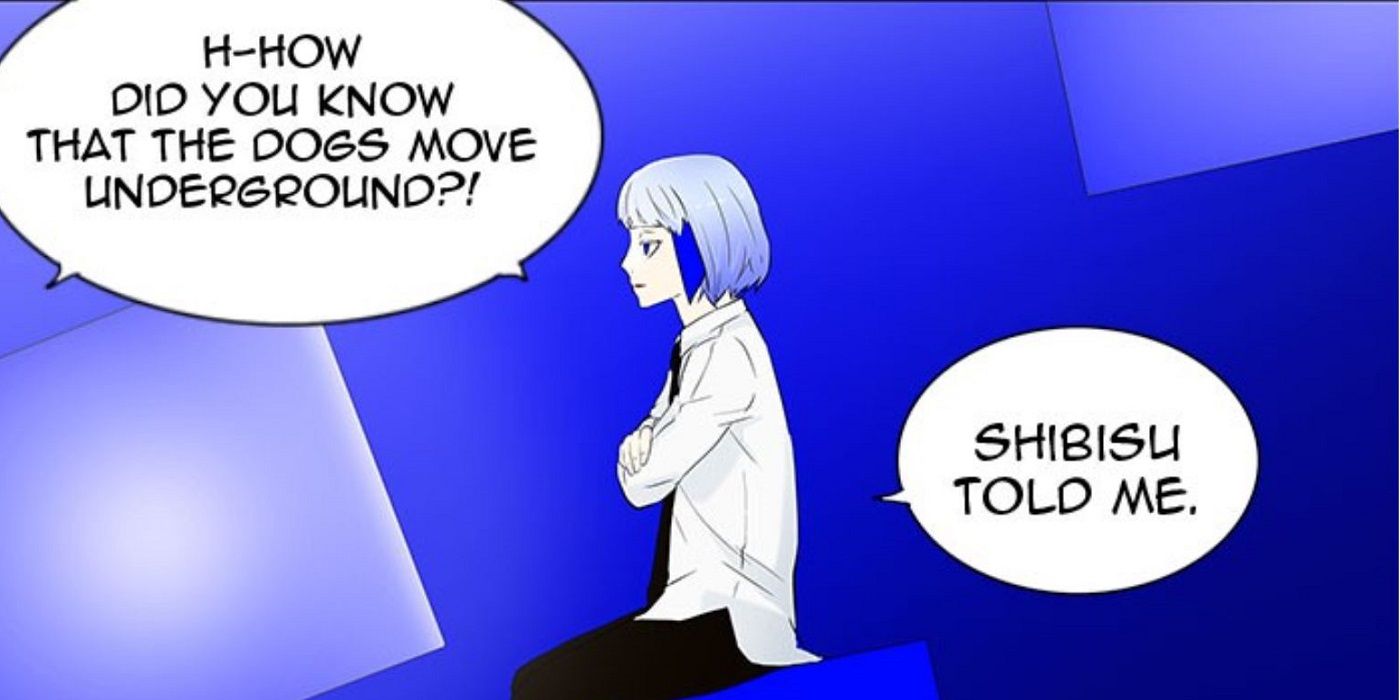
In the manhwa, Shibisu plays a crucial role by discovering the underground tunnels used to pass the final test. This highlights his importance as a scout and his ability to gather vital information. The anime, however, credits Khun with this discovery, missing an opportunity to showcase Shibisu’s intellectual capabilities. This change diminishes Shibisu’s contributions and underplays his strategic thinking.
The manhwa emphasizes Shibisu’s resourcefulness and determination, adding depth to his character. By showcasing his scouting abilities, the manhwa portrays him as a key player in the team’s success. The anime’s decision to shift this discovery to Khun simplifies the narrative but also reduces the spotlight on Shibisu’s strengths and character development.
3. Levin’s Extended Role
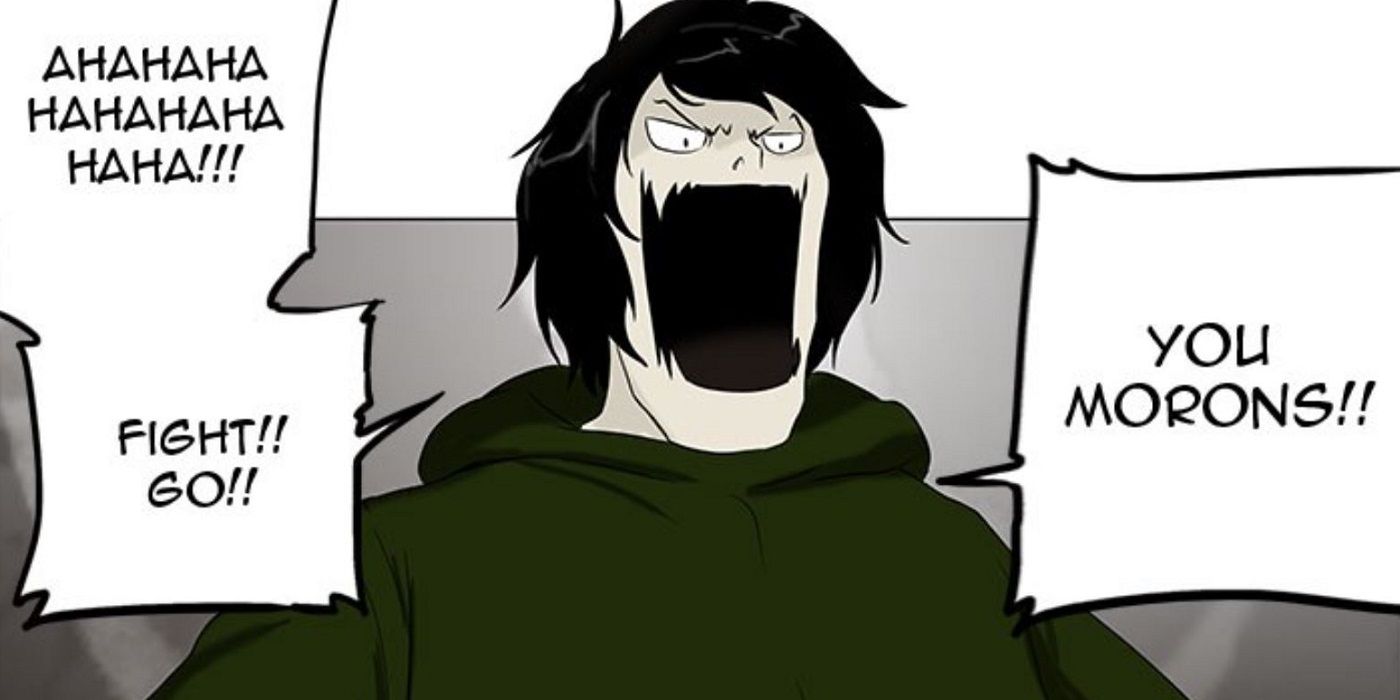
Levin’s character has a brief appearance in the anime, primarily during his encounters with Rak and Lero-Ro. However, in the manhwa, Levin’s journey continues as he becomes a Light Bearer. He actively participates in the final test alongside Bam and Khun, adding depth to his character and highlighting his persistence and resilience. This extended role in the manhwa allows readers to see more of his development and struggles.
By including more of Levin’s journey, the manhwa provides a fuller picture of the challenges he faces and his determination to succeed. This adds a layer of complexity to the story, showing the various paths and trials each character undergoes. The anime’s limited portrayal of Levin’s character misses out on these additional layers, offering a more streamlined but less detailed narrative.
4. Suspendium Explanation
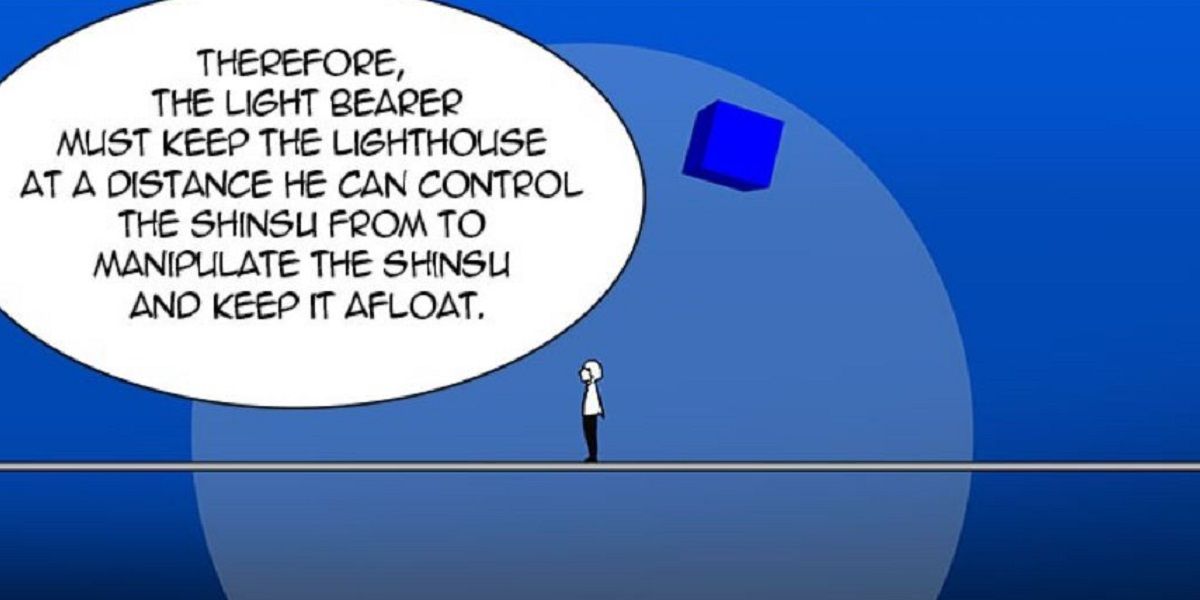
Suspendium, a floating material that allows lighthouses to levitate, is explained in the manhwa. This material also serves as currency and plays a significant role in the tower’s economy. The anime omits this detail, perhaps saving it for future seasons. Understanding suspendium is crucial as it adds to the world-building and explains the technological aspects of the tower. This omission in the anime leaves viewers without important context.
The manhwa’s inclusion of suspendium highlights the intricate details of the tower’s infrastructure and economy. It provides a deeper understanding of the resources and technology available to the characters. This context enriches the narrative, making the world of Tower of God more immersive and believable. The anime’s decision to leave out this detail simplifies the story but at the cost of losing some of the rich background information that enhances the world-building.
5. Endorsi’s Defensive Orbs
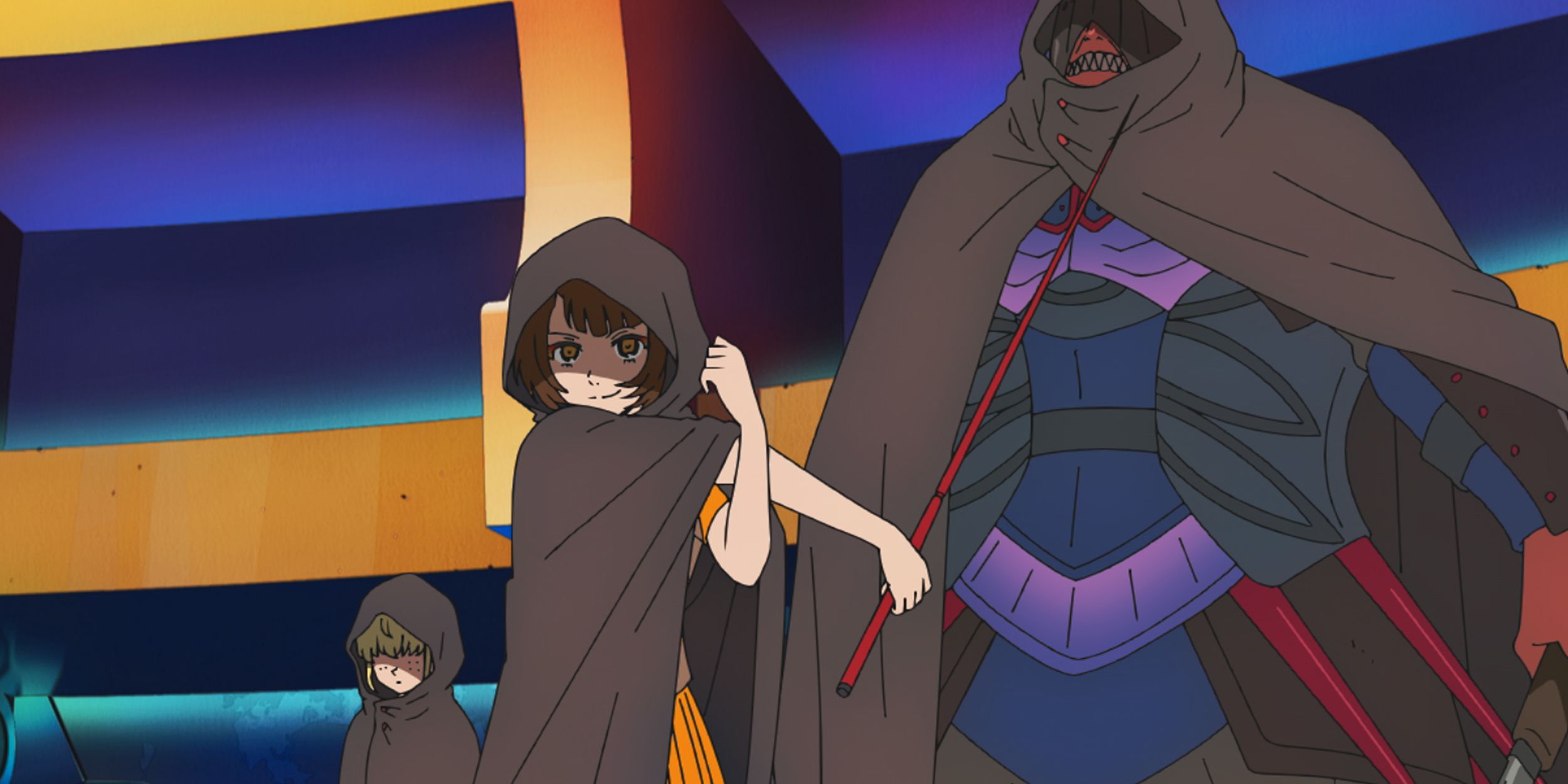
Endorsi’s power is showcased differently in the two mediums. In the manhwa, she uses orange and black orbs for defense, demonstrating her control and strategic use of her abilities. The anime, however, focuses on her physical prowess with impressive animation, omitting the orbs altogether. This difference changes how her character is perceived, emphasizing her strength in the anime while highlighting her tactical abilities in the manhwa.
The manhwa’s portrayal of Endorsi’s defensive orbs adds a layer of complexity to her character, showcasing her ability to think and react strategically. This portrayal makes her a more well-rounded and versatile character. The anime’s emphasis on physical combat, while visually impressive, simplifies her abilities and focuses more on action rather than strategy. This shift alters the viewer’s understanding of Endorsi’s skills and strengths.
6. Bam’s Arms Inventory
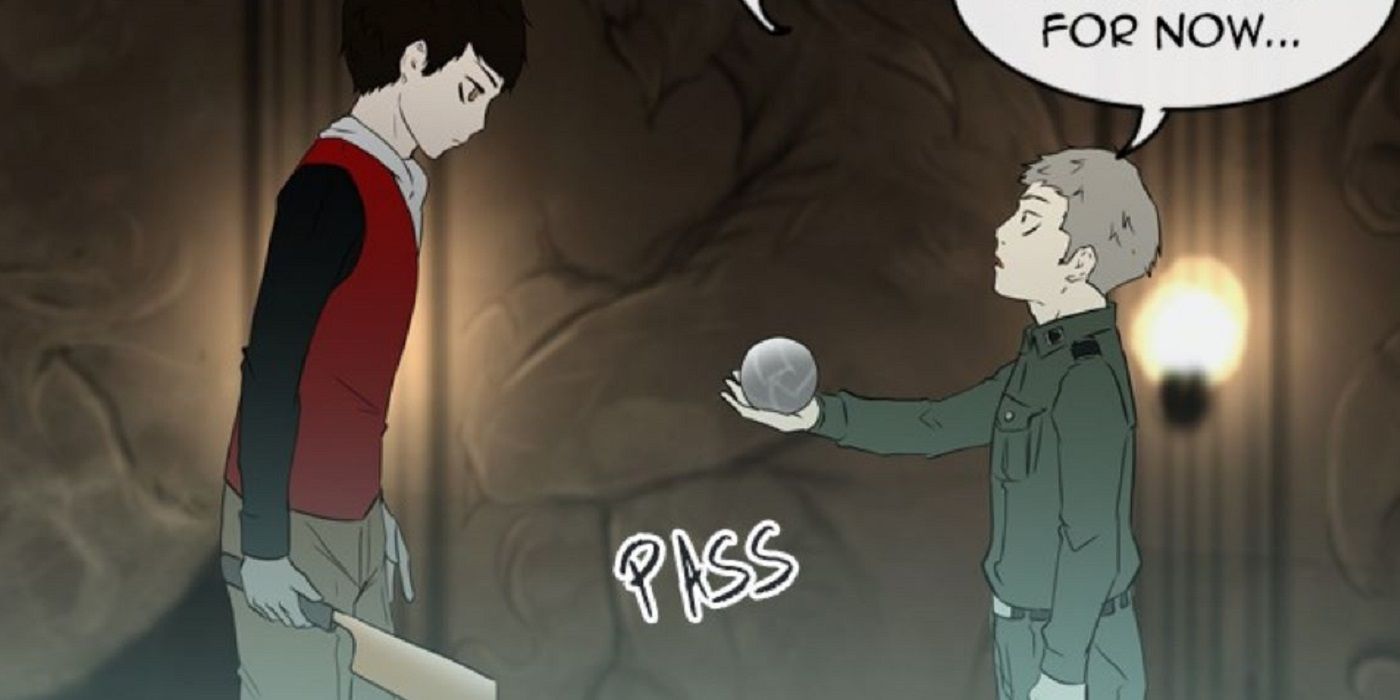
In the manhwa, Bam starts Headon’s test with an old, rusty weapon, highlighting his unpreparedness. This weapon gives him an initial edge that is absent in the anime, where he appears more vulnerable and naive. This difference emphasizes Bam’s resourcefulness in the manhwa and his raw potential, even when he is not fully aware of it.
The inclusion of the weapon in the manhwa adds to Bam’s character development, showing his ability to adapt and use whatever resources he has at his disposal. It also foreshadows his growth and the challenges he will face. The anime’s choice to exclude this detail presents Bam as more of an underdog, focusing on his journey from a place of greater vulnerability. Both approaches highlight different aspects of Bam’s character and his development.
7. The Black March and the Crown Game
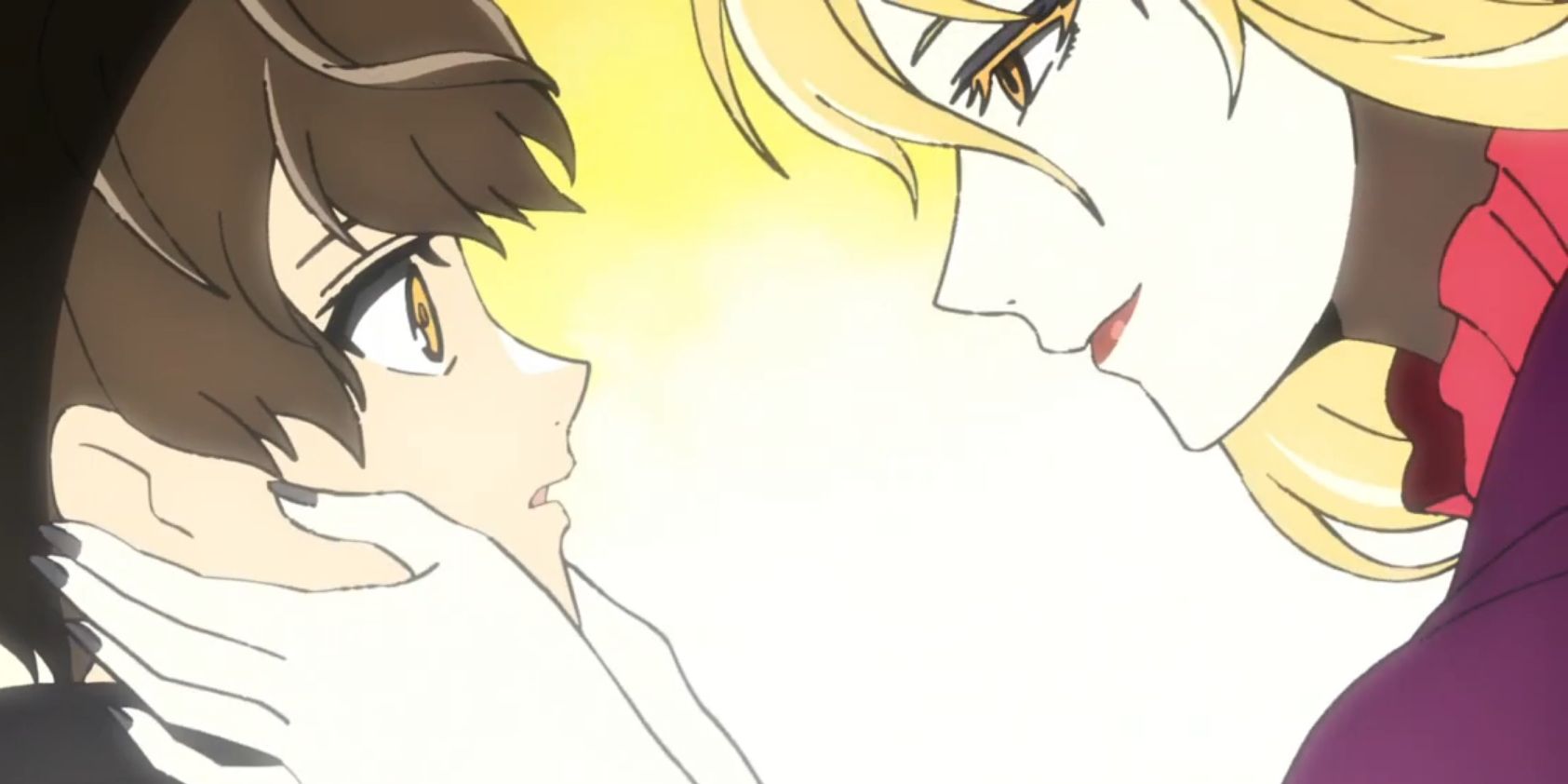
Both the anime and manhwa feature Princess Yuri giving Bam the Black March during Headon’s test. However, the anime skips the detailed interactions with the weapon found in the manhwa, using a time skip during the Crown Game instead. This omission removes some of the deeper connections and the significance of the Black March in Bam’s journey.
In the manhwa, the interactions with the Black March provide insight into Bam’s growing bond with the weapon and its importance in his quest. These details add to the narrative, showing how Bam’s relationships with key items and characters develop over time. The anime’s decision to streamline these interactions focuses more on the immediate action but loses some of the rich character and plot development present in the manhwa.
8. Breaking the Fourth Wall
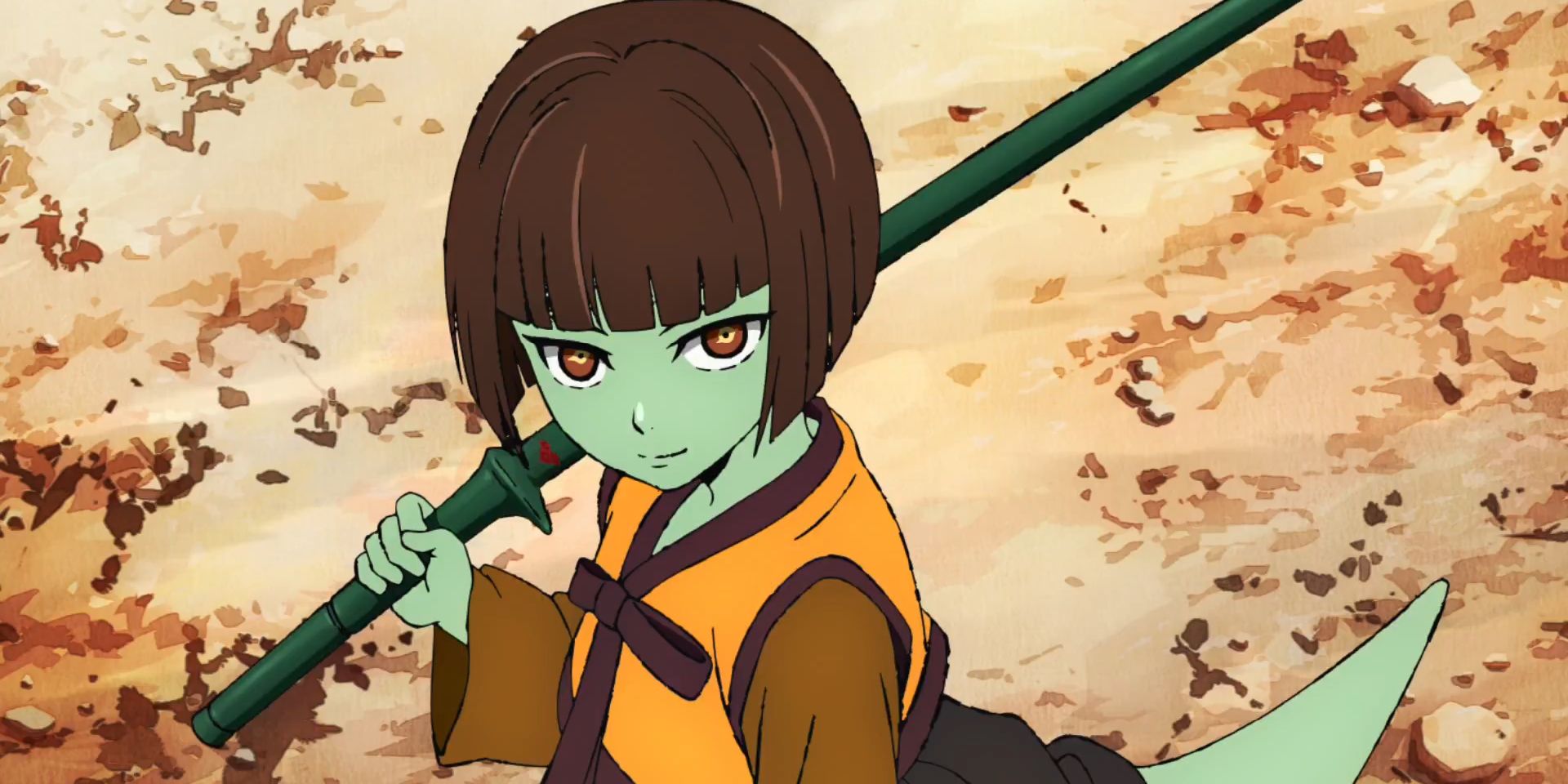
The manhwa occasionally breaks the fourth wall, addressing readers with humor and self-awareness. This adds a unique layer of engagement, making readers feel more connected to the story. The anime, while embracing battle anime tropes, does not engage the audience in this direct manner, focusing instead on the narrative and action.
By breaking the fourth wall, the manhwa creates a more interactive and playful experience for readers. This technique adds a meta-narrative layer, acknowledging the story’s existence as a work of fiction. The anime’s more straightforward approach keeps the focus on the plot and action, providing a different viewing experience. Both methods have their merits, offering distinct ways to engage with the story.
9. Princess Yuri’s Quest
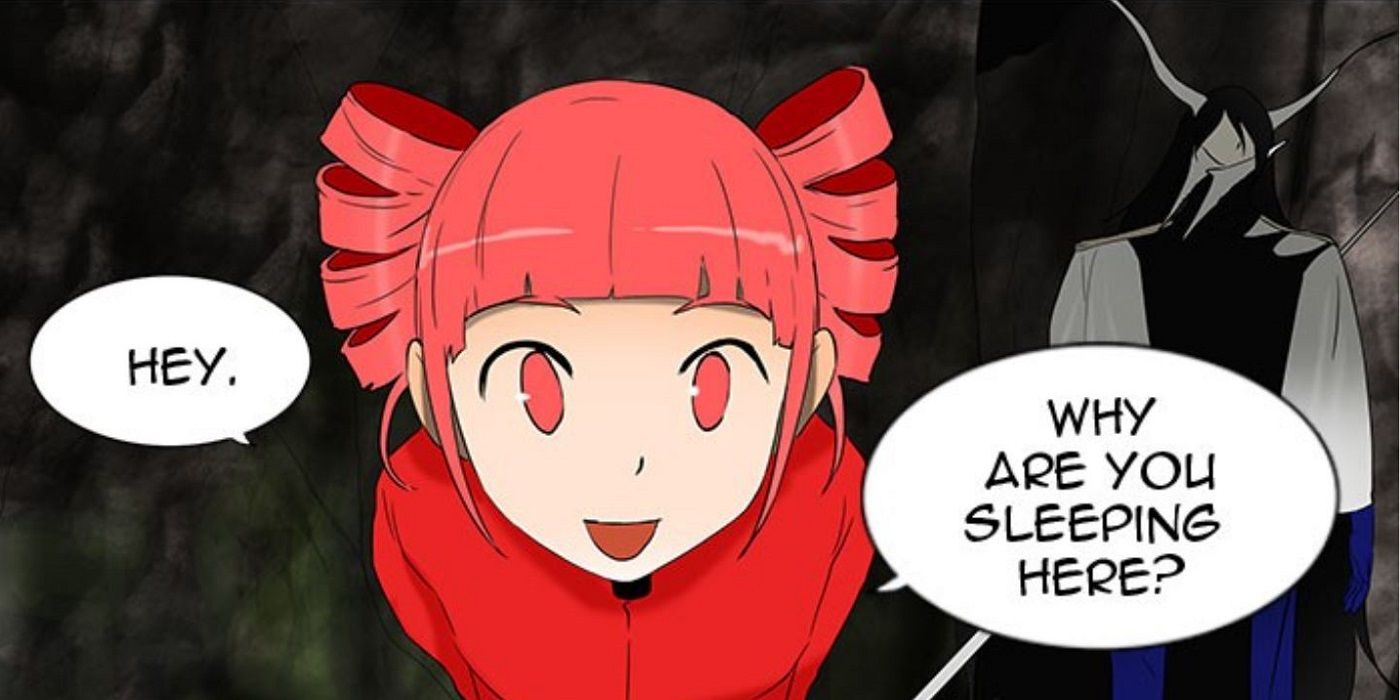
Princess Yuri’s search for Bam involves traversing dangerous parts of the tower. While some team members appear in both versions, others only feature in the manhwa, adding more depth to her journey. This inclusion in the manhwa provides a richer narrative, showing the challenges and alliances formed during her quest.
The manhwa’s detailed portrayal of Yuri’s quest adds layers to her character and the storyline. It highlights her determination and the dangers she faces, making her journey more compelling. The anime’s streamlined version focuses on the main plot, leaving out some of the intricate details and side characters that enrich the manhwa’s narrative. This difference in portrayal impacts the viewer’s understanding of Yuri’s role and her interactions within the tower.
10. Bam’s Training with Endorsi

The manhwa explores Bam’s relationship with Endorsi more deeply, showing their training sessions before the final exam. This additional training gives Bam more confidence and skills, such as the reverse flow control technique, which he uses to stop the bull in the manhwa but not in the anime. These scenes add to Bam’s development and highlight the influence Endorsi has on him.
The detailed training sessions in the manhwa emphasize Bam’s growth and the bond he forms with Endorsi. These interactions provide a deeper understanding of his development and the skills he acquires. The anime’s exclusion of these scenes simplifies Bam’s journey, focusing more on the broader plot and action. This difference impacts the portrayal of Bam’s learning curve and the importance of his relationships within the tower.
Final Thoughts
The Tower of God anime adaptation does a commendable job of bringing the manhwa to life, but it inevitably leaves out some details due to the constraints of the medium. For fans of the series, both versions offer unique experiences and insights into the story.
While the anime focuses on high-quality animation and fast-paced action, the manhwa provides deeper character development and additional plot details. Whether you are a long-time fan or new to the series, exploring both versions is a must to fully appreciate the intricate world of Tower of God.
Source: Shonen Jump+, ComicBook, Anime Corner
